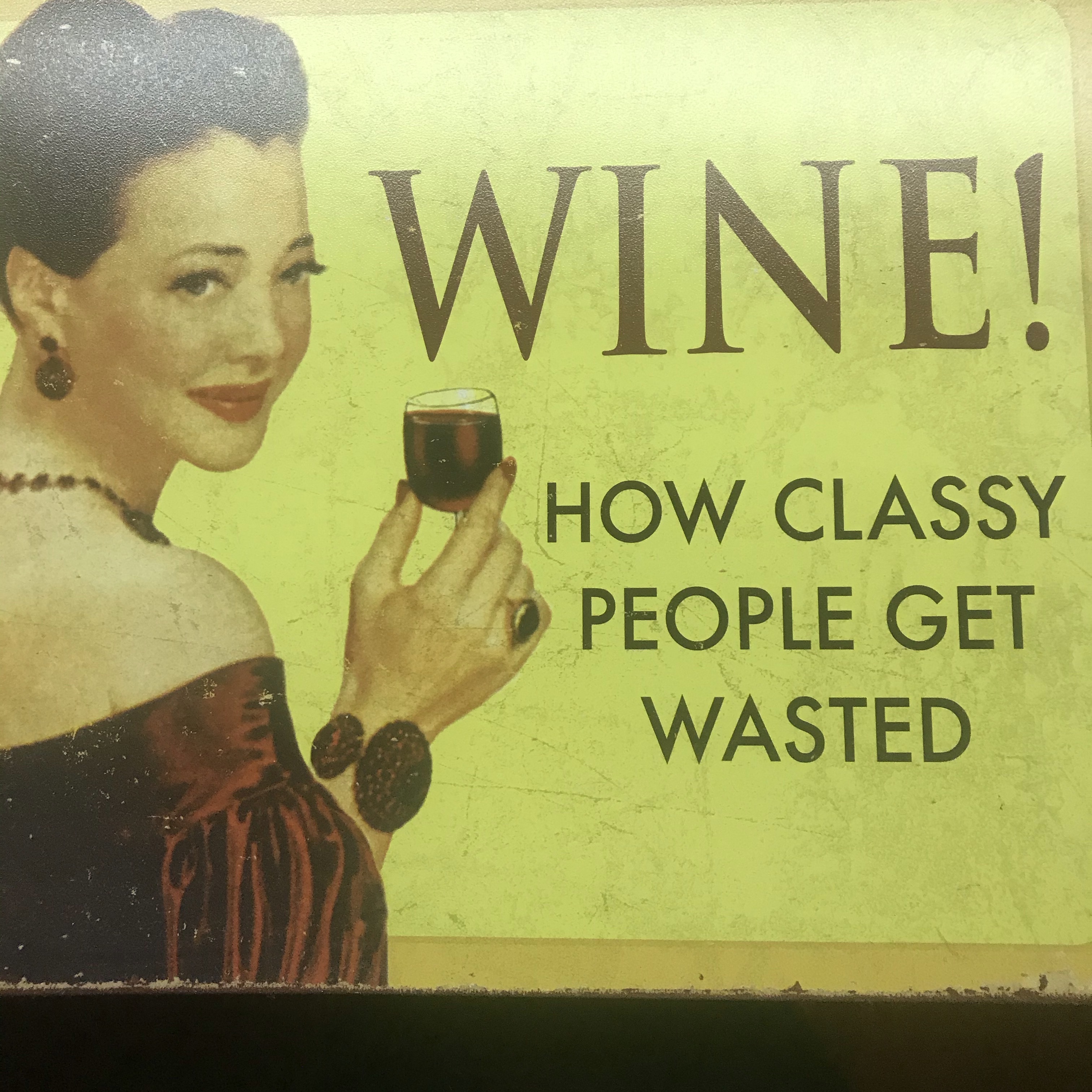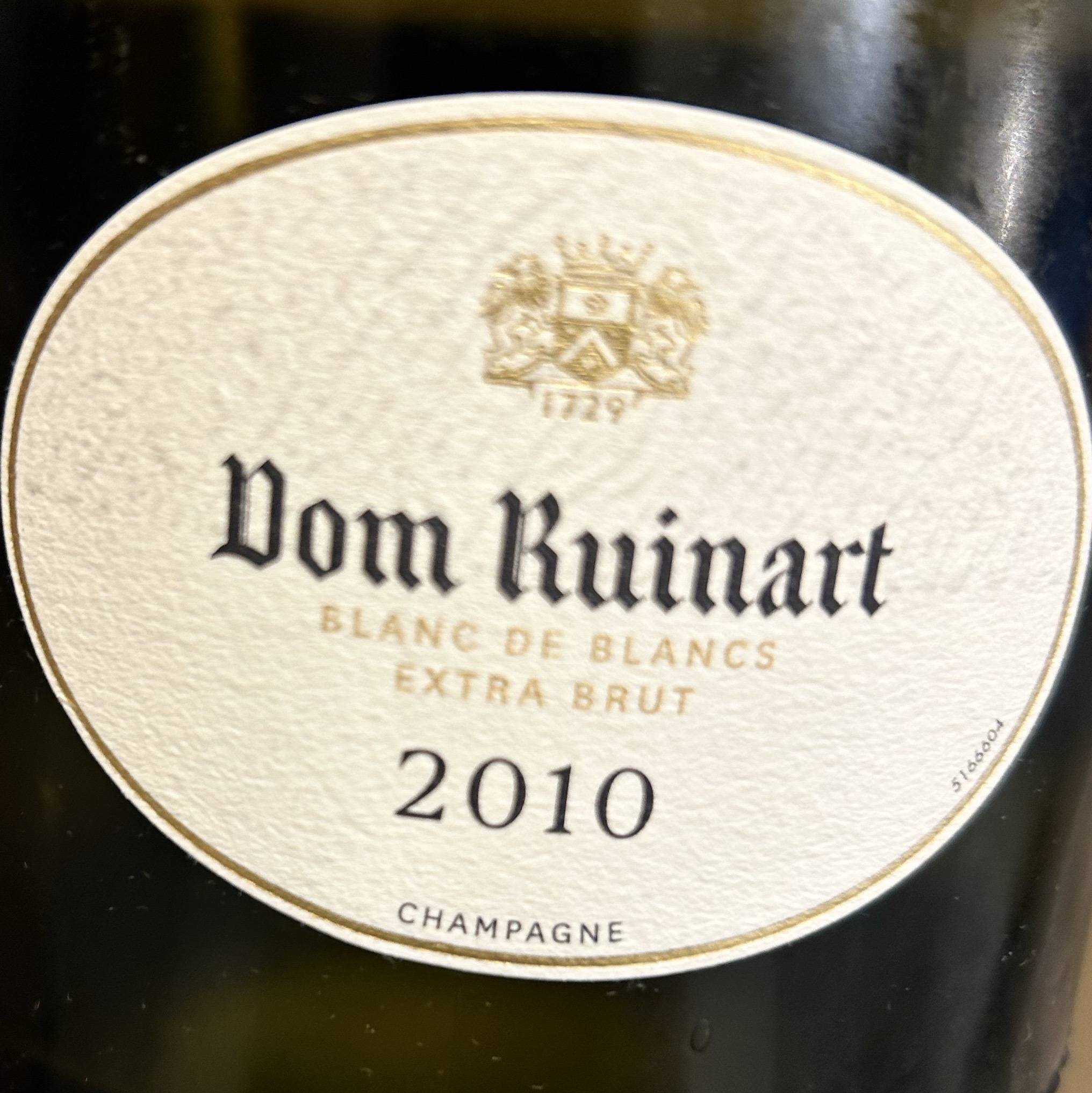Off Color Brewing
Château Palmer
Margaux Red Bordeaux Blend 2007


Château Mouton Rothschild
Pauillac Red Bordeaux Blend 1989
1989 vintage. Last tasted 3 years ago (9.6). Nice fill. Durand used to open. Cork 95% saturated with extensive bottle rim cleaning involved before pouring. Not decanted. Tight, minty nose throughout along with a decided, lingering zinc note under the tongue at the finish line. Tasted 2 hours after opening. Power but without delineation. Just a consistent, forgettable push. Nothing wrong with the wine...it just needed more air/time and a decant but it wasn't my call. Feel like the zinc flavor would have dissipated/blown off with more time. Good but more memorable for what it wasn't vs what it was. Pity and an entire wasting of what could have been. 11.21.25. — 2 months ago
Billecart-Salmon
Brut Rosé Champagne Chardonnay Blend
Lovely color and quite delicious — a day ago
Silver Oak
Alexander Valley Cabernet Sauvignon 2018
The last of our 2018. It has aged really well. Deep ruby color, butter, some earth. Delicious. — 6 days ago
Château Léoville-Las Cases
Grand Vin de Leoville du Marquis de las Cases Saint-Julien Red Bordeaux Blend 2009
2 hour decant. A marvelous medium garnet color (decent fine sediment). On the nose: dark berries, cassis, forest floor, sandalwood, pencil shavings, chocolate, and cigar box. Taste: layered, balanced, still young wine with dark cherry/plum, cedar, dark chocolate, charcoal, and a lingering tobacco/leather finish. YUM! No hurry, a long distance Las Cases. — a month ago

Bonneau du Martray
Corton-Charlemagne Grand Cru Chardonnay 2006
Pop and pour. A majestic lite gold color. On the nose: crisp apples, lemon, almonds, floral, and honey. Taste: creamy, beautiful texture and nice acidity wine with apple, pear, lemon zest, saline, flint, and a minerally lime peel medium plus finish. YUM! Maturing gracefully and time to go. — 2 months ago

Château d'Yquem
Sauternes Sémillon-Sauvignon Blanc Blend 1988
Dark amber color
Sat in the basement cellar for 30+ years.
Really nice soft honey flavors. Not a ton of other fruit flavors.
Delicious — 13 days ago
Château Cos d'Estournel
Saint-Estèphe Red Bordeaux Blend 2002
Not the best of vintage in Bdx, but the winemaker clearly pulled off some acrobatics here.
Nose displays the usual Cos spice-box signature, along with notes of forest floor, sage and mushrooms. Palate is rich and dense showing no signs of age. Nice mature casis profile links up with brambles and sandalwood. Tannins continue to prop up this outstanding example. — 25 days ago
Domaine Tempier
Bandol Rosé Blend
Salmon color with copper reflexes. Nose of grapefruit, and Mandarin peel, lemon juice, pink flowers, and petrichor. Faint Aperol on the back. Palate is explosive but not effusive. More grapefruit oil, lemon pith, garrigue, waves of saline minerality and a bright acidity that makes it go on and on. Pretty serious argument on why it deserves its reputation is the best rosé in the world  — a month ago









Sagee Aran
A medium body, bright red in color. Pleasant nose, mild. On the palate spices and bright red fruits.
Was a little off balance, maybe the specific bottle. — a month ago